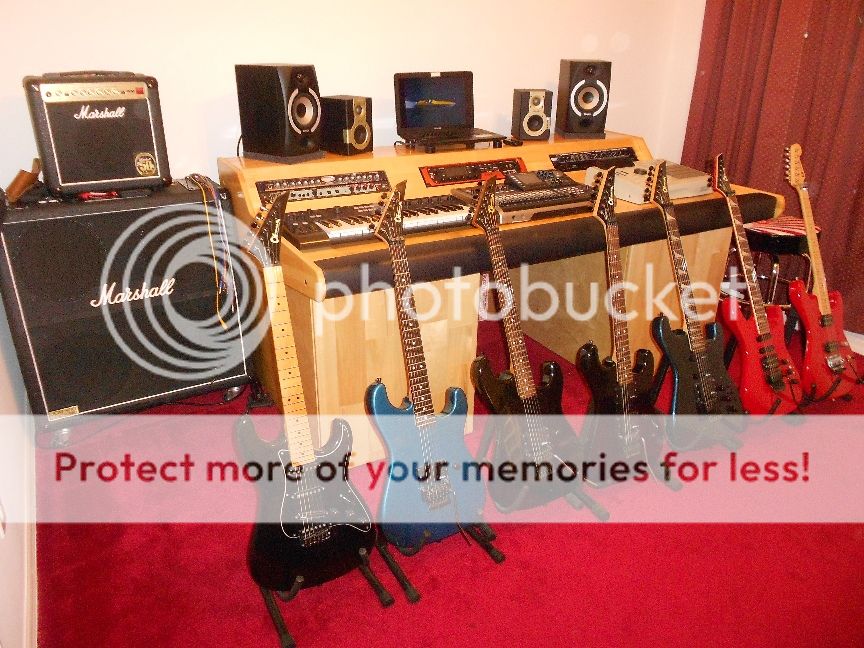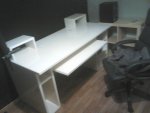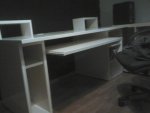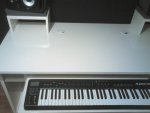BabyBottle
Member
Hello,
I'm planning/considering to build my own studio desk. I've searched this forum as well as the net itself for inspiration, as well as going thru what the local music stores have up for sale... Now I would like to hear all your experiences when it comes to the layout.
I think I will go for a straight desk, but if someone could convince me to have an L-shaped, V-shaped or U-shaped please let me hear you arguments.
I shall have a desk where I can have my computer, my Axiom Air 61, my 2 Adam A7X:s, my Mackie 1640 FW mixer (gen 1), my Focusrite 18i8.
Since I would like if possible to have everything in an arms reach (or two) and smart placed ince from an ergonomical point of view, I now try to sketch on different layouts. It is in that process, I know would be very pleased to hear all your experiences, what is good, better, worse, common misstake etc...
Yours
BabyBottle
I'm planning/considering to build my own studio desk. I've searched this forum as well as the net itself for inspiration, as well as going thru what the local music stores have up for sale... Now I would like to hear all your experiences when it comes to the layout.
I think I will go for a straight desk, but if someone could convince me to have an L-shaped, V-shaped or U-shaped please let me hear you arguments.
I shall have a desk where I can have my computer, my Axiom Air 61, my 2 Adam A7X:s, my Mackie 1640 FW mixer (gen 1), my Focusrite 18i8.
Since I would like if possible to have everything in an arms reach (or two) and smart placed ince from an ergonomical point of view, I now try to sketch on different layouts. It is in that process, I know would be very pleased to hear all your experiences, what is good, better, worse, common misstake etc...
Yours
BabyBottle


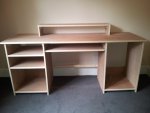
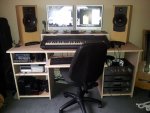

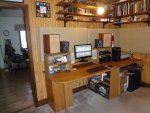

 but nothing is decided at this point, nor do I have a time schedule for it since the design is far from decided. That's why I wanted to listen to your experience, and hopefully even be able to avoid any simple common misstakes that your done or (preferably) only Heard others do...
but nothing is decided at this point, nor do I have a time schedule for it since the design is far from decided. That's why I wanted to listen to your experience, and hopefully even be able to avoid any simple common misstakes that your done or (preferably) only Heard others do...